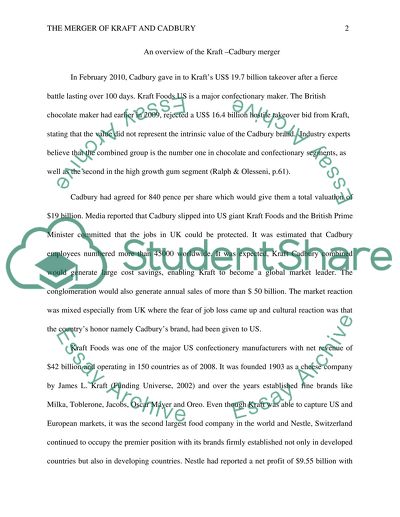Cite this document
(“The Cross-border Merger of Kraft and Cadbury Term Paper”, n.d.)
Retrieved from https://studentshare.org/finance-accounting/1393358-cross-boarder-mergers-and-acquisitions
Retrieved from https://studentshare.org/finance-accounting/1393358-cross-boarder-mergers-and-acquisitions
(The Cross-Border Merger of Kraft and Cadbury Term Paper)
https://studentshare.org/finance-accounting/1393358-cross-boarder-mergers-and-acquisitions.
https://studentshare.org/finance-accounting/1393358-cross-boarder-mergers-and-acquisitions.
“The Cross-Border Merger of Kraft and Cadbury Term Paper”, n.d. https://studentshare.org/finance-accounting/1393358-cross-boarder-mergers-and-acquisitions.


